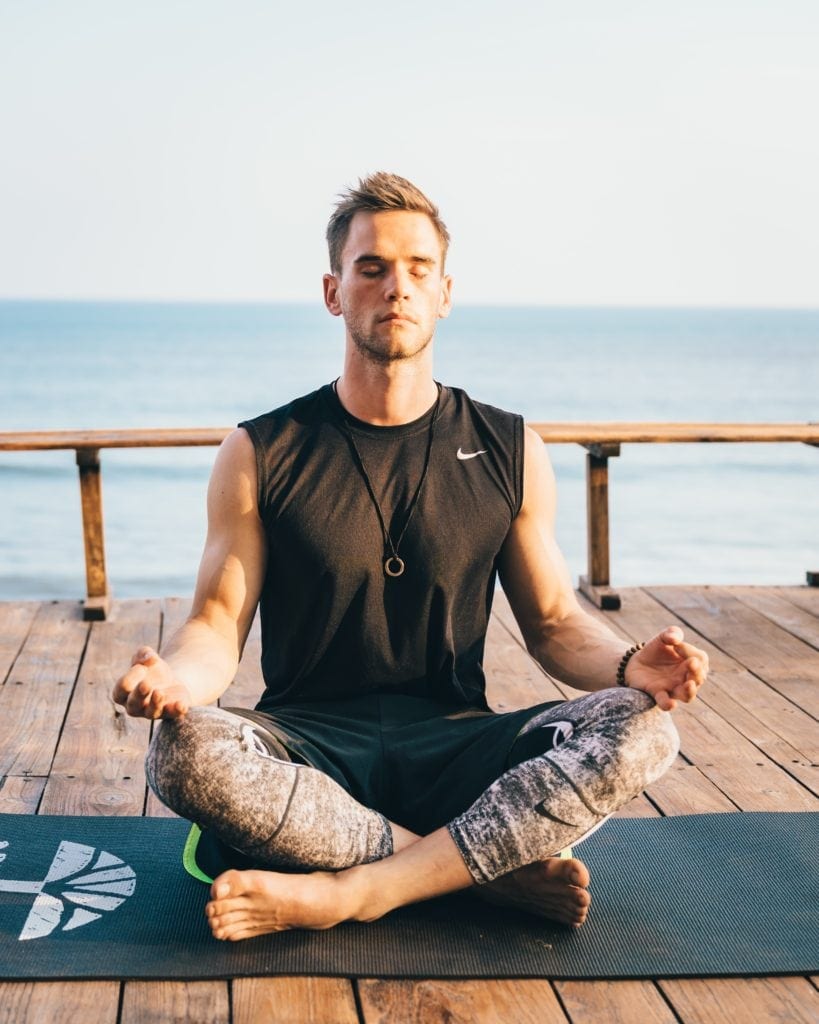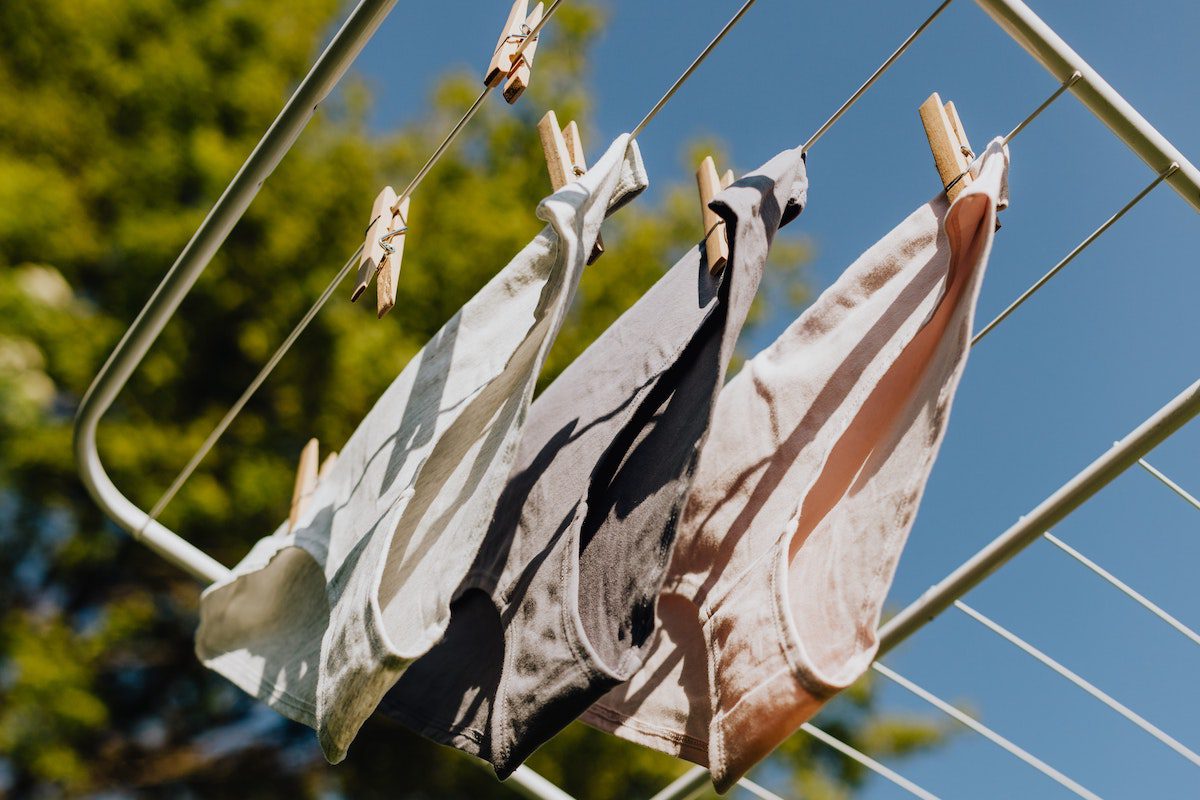How to be Mindful at Work
I am in the final weeks of the 2017-2018 school year here in Shenzhen, China. There are so many items on my to-do list each day that I find my mind racing but my body stuck in a state that looks like I’m winning the Mannequin Challenge, with an expression of madness frozen on my face. I often find that the more my day demands focus, the more I find ways to distract myself from forging forward, lost in my feelings of overwhelm.

This morning I finally got real with myself and noted that I needed a few moments of mindfulness to reset. I walked into my empty classroom on my prep period, sat myself by my window that looks out to the South China Sea, and pressed play on a new series on my Calm app called Mindfulness at Work, today’s meditation entitled “Productivity.”
When the meditation came to an end, I closed out all of my social media, turned on my essential oil diffuser with a few drops of peppermint oil, and vowed to avoid distraction.
Finding your zen in the workplace can be a challenging task, but I’ve connected with Jason Loebig — co-founder of Live Better, “a movement that celebrates and supports any individual who is improving their life and the lives of others around them” — to learn more about how to cultivate mindfulness at work.

Deadlines, meetings, all manner of mayhem can disrupt our mindful states at work. How do you hack the chaos and find the presence to be mindful at work?
In the course of our conversation, Loebig offered clear direction on how to keep the frenzied feelings at bay. Making a habit of mindfulness is important. If we liken it to working out, this makes a good deal of sense. It’s true that working out once a week is better than not at all, but if we want to see a notable difference in our muscle mass and reap the benefits of those endorphins, we need to establish a workout routine.
An awesome part of mindfulness is that a practice does not have to mean devoting an hour a day to meditation. A 2-5 minute guided meditation can bring back your awareness to your breath, thus easing tension that is building up.
When is the best time to practice each day?
Another piece of sage advice from Loebig: mindfulness can be all about flexibility. In his own practice, Loebig takes intermittent breaks throughout the day that allow him to breathe into mindful moments. When you make a point of standing, stretching, and actually noticing the water you are drinking, you allow yourself the space to be aware of your state before you reach a point of deep stress. Rather than reacting to your stress, mindfulness allows you to be proactive.
At the beginning of the day, Loebig may sip his coffee, rather than guzzle it down, as he steps away from all of his devices and simply allows himself to enjoy the aroma, the flavor and his surroundings. In the afternoon, his break is often to sit down with his food as he knows that “taking 20 minutes to eat a meal is insanely calming” when he clears his space of any distractions.
Let’s get started together
Here is today’s challenge: pause, now. Take a deep breath in and notice the air as it enters your nose, your lungs, your diaphragm. Let your breath pause at the top. Hold your breath for an extra moment, and then release the breath slowly. Take 60 seconds to take several more deep breaths. Step away from your devices and consider what mindfulness may look like for you this week.
Since Loebig and I spoke, I have used several of his guided meditations found on the SweatWorkingApp. I’ve even taken to planting mindfulness seeds in my students by including them in my mindful practices; they have enjoyed the meditations as well, even coming back into class the next day and asking if we can push play on another. I have also begun to come in to work, enter my classroom, and take a few minutes to gaze out of my classroom window before diving into my emails and lessons plans for the day. What might your flexible plan look like for the remainder of this week?
I hope that these tips offer direction for cultivating your own workplace mindfulness practice, and, as Loebig says, allow you to “have your best day ever.”












